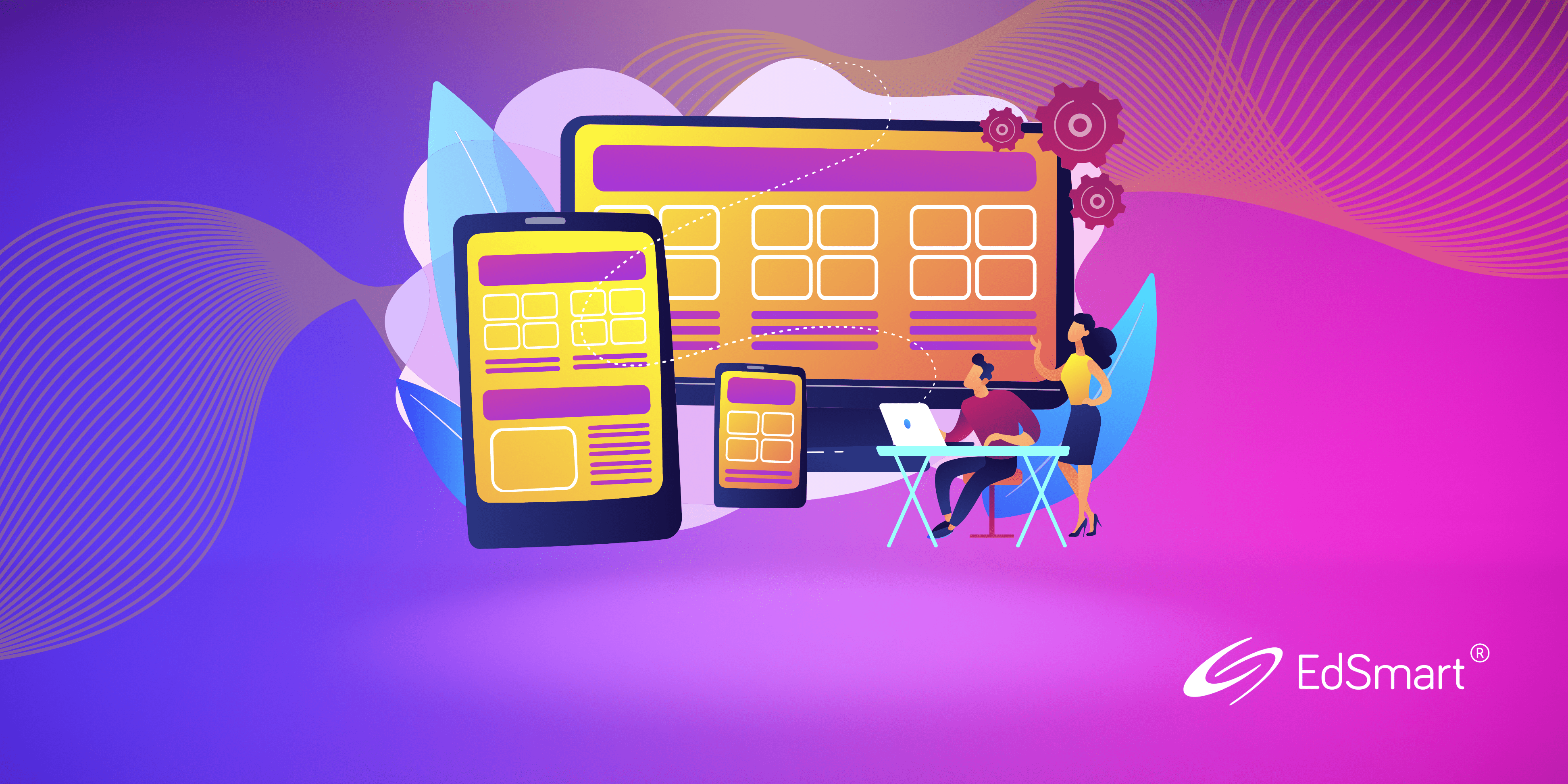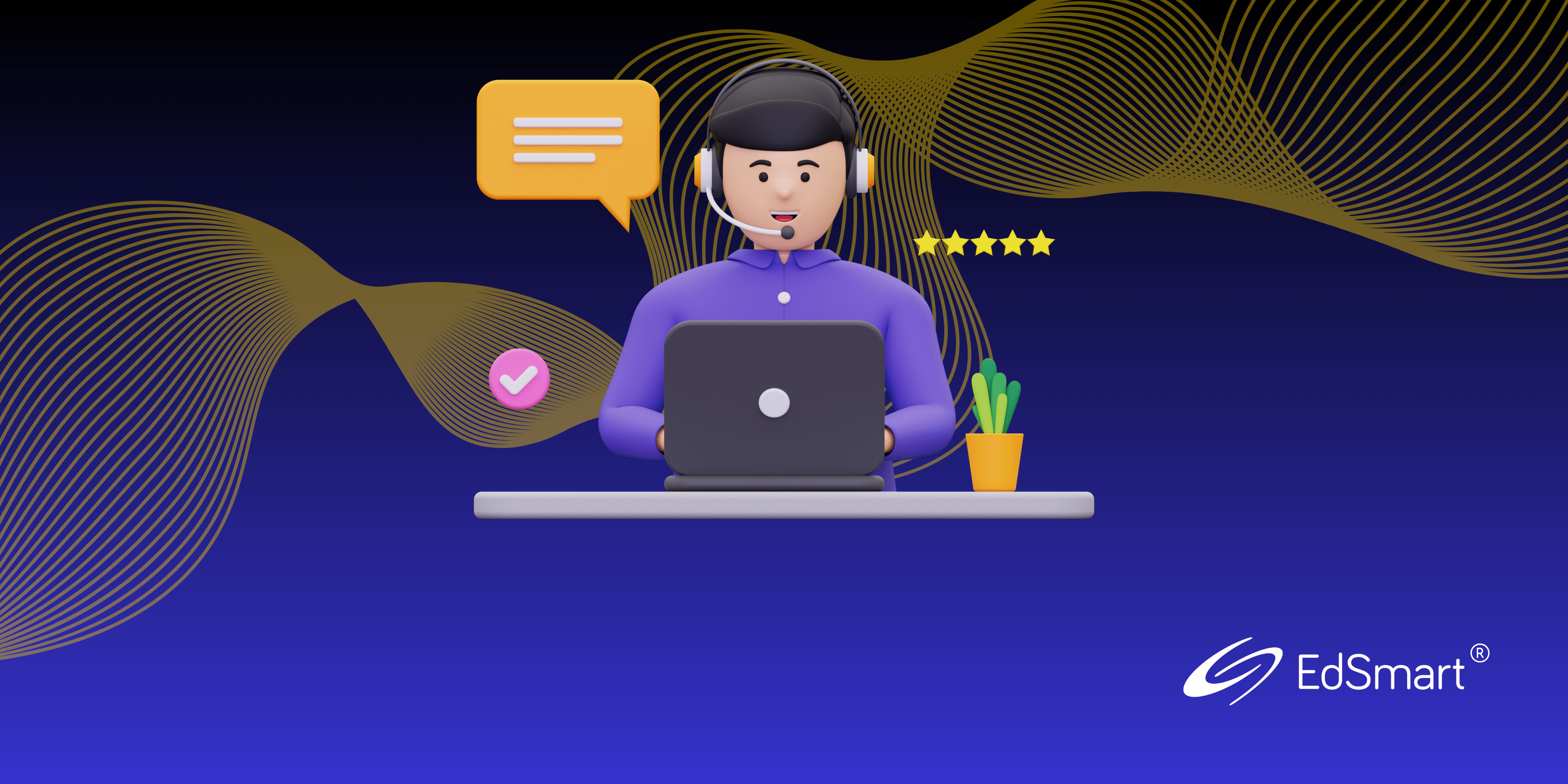Thinking about new EdTech? A good EdTech platform should adapt to what you need, not what the designer thinks you might need.
Data – often referred to as ‘analytics’ or ‘metrics’ – informs more of our day-to-day decisions than ever before.
While accountants have always based assessments on reliable actuarial information, and economists and the like routinely use statistics and complex mathematical formulas to arrive at their insights, the digital age now enables business leaders to share in data for far more informed decision-making practises too.
Not only has the global digital transformation made the collection of data so much easier, the range of information being collated, and its accuracy, is at unprecedented levels.
One of the side effects of this reliance on data, however, is that establishing an EdTech platform to collect the kind of analytics you need could come at the expense of a positive customer experience, if you’re not careful.
The good news: avoiding this kind of outcome is easy.
Analytics and Education
If you’re wondering what analytics and data have to do with today’s schools and learning institutions, the answer is: plenty. The metrics gathered underscore almost every decision that a school will make.
There are the obvious decisions – like school fee payment tracking, profit and loss statements, salary distribution and leave accrual, class lists, and student enrolment details. At a more micro-level, schools also keep information on the:
- Efficiency and effectiveness of their marketing, and the enrolment leads any campaigns might generate;
- Number of students with allergies and, accordingly, ensuring staff are trained in first aid treatment for anaphylaxis;
- Number of students who use public transport to get to class, as opposed to the number of students dropped at the gate by a parent or care-giver… and so on.
That’s just a few examples of the countless applications for data in helping schools decide where to dedicate their financial resources for the best outcomes.
As the quest for usable data in schools escalates, so too do the instances where an institution settles on a EdTech product that meets one set of needs at the expense of other needs:
For example, the metrics a school has on its finances and student population may be first-rate but the people management and information security side of their system might become obsolete. The system silos information, making it frustrating – and almost impossible – to get the simplest of everyday tasks completed, and the school administrators find themselves in a cycle of countless logging in and out of one system to access another.
As anyone who has found themselves in this situation will testify, there are plenty more similar scenarios that make them want to bang their collective heads against a wall for relief.
When researching an EdTech system for your school, ensure you’re armed with information that can save not only the sanity of the people who’ll need to use it but also save you and your school some precious dollars in rebuilds and workarounds later down the track.

Customisation: The Key to Quality Analytics and a Positive Customer Experience
Schools are getting larger, more complex and there are more demands on everyone. There are lots to know, lots to organise. How do we make this simple?
You need to ensure that the platform you’re looking at is customisable.
EdTech platforms that allow schools (or anyone) to use it should be customisable, and it should allow schools to reflect their philosophies, their own processes, and be able to bring digital enhancements to the table. A platform should not force schools, staff, students and parents to change the good practises already in play at a school to fit a new platform. In other words, customisation should allow you to keep the bits that work well, and bin those that do not, without sacrificing the usability of your system and the overall customer experience.
It’s all about customisability. It’s all about flexibility. And it’s all about control – being able to design and then add workflows, and then being able to track and monitor school processes.
Remember…
It’s possible to get the kind of EdTech and IT platform that meshes seamlessly with your admin, financial and academic information, and supplies you with data you can rely on to deliver the best education experience possible.
It’s also possible to implement a system that does not sacrifice the customer experience of the people using it (i.e. parents, administrators, teachers and students).
A good EdTech platform should be customisable – it should adapt to what you need, not what the designer thinks you might need.



